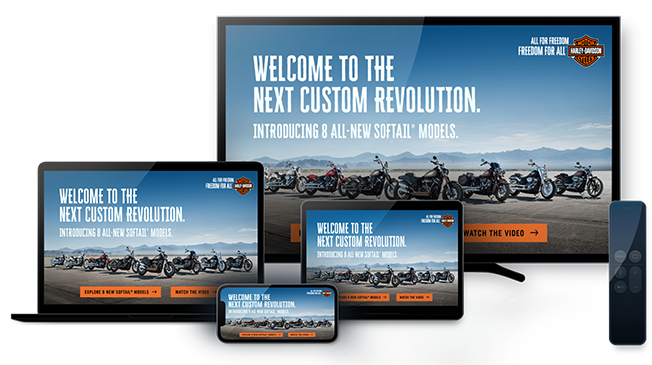The 5 Biggest Trends at POSSIBLE 2024
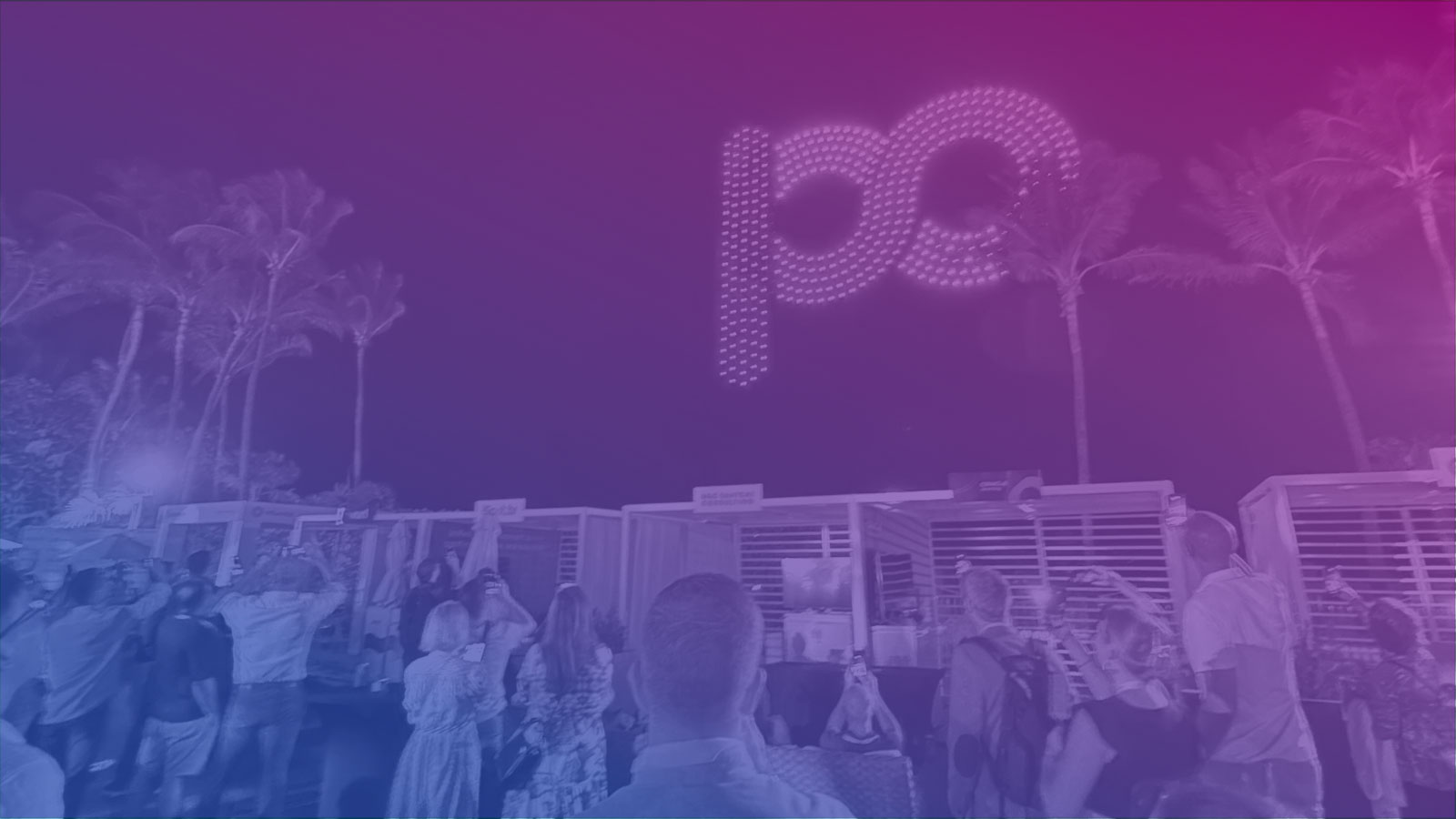
Infillion spent the past week at POSSIBLE, a brand-new advertising conference – only in its second year – that took over the Fontainebleau Hotel in Miami. With a focus on brands and the tech companies that are transforming their marketing strategies, the conversations were undoubtedly going to be heavy on retail media and AI. But the nuances of these subjects and more offered an interesting look at some current transitions and inflection points in the ad industry.
Here are the top trends that Infillion’s team observed on the ground.
1. The Retail Media Floodgates Are Open.
From Home Depot to Albertson’s to Target, retail media networks were front-and-center at POSSIBLE – to no one’s surprise. But some speakers cautioned that today’s rush could cause retail media to run into the same traps that other sectors of digital advertising have wound up in – like ad overload and breaching trust with consumers.
“There’s now a lot of retail media,” said James Avery, founder and CEO of ad tech company Kevel, in a talk at POSSIBLE. “There’s also, basically, a lot of really crappy retail media.” Retail media, he said, experienced a “Cambrian explosion” when the COVID pandemic hit and “e-commerce expanded about ten years in two months.” That produced a lot of growth, but without much ability to plan for sustainable long-term evolution.
“What is the tradeoff between customer experience and ad revenue?” asked MediaLink managing director Donna Sharp in a panel about retail media and loyalty programs. “If the answer to that question is anything more than zero, it is not worth considering.”
2. AI Isn’t Just a Buzzword Anymore.
A year or two ago, conversations about artificial intelligence – especially generative AI – at a conference like POSSIBLE would’ve been big and theoretical. Now, marketers want to move on to talking about how it actually can be used to boost their business. The big area of interest: audience building and targeting. Jatinder Singh, global head of data and AI at Accenture Song, said that he’s using generative AI to precisely identify the Fortune 2000 executives who are candidates for Accenture’s business services. “We’re using generative AI to get insights into those audiences so we know what to communicate,” he explained in a panel about B2B marketing.
Brands at POSSIBLE were also being explicit about setting their boundaries with AI. “It’s a rethink of everything that we’re doing in this space,” said Cheryl Guerin, EVP of global brand strategy and innovation at MasterCard, in a fireside chat. “Do you want avatars representing your brand? The answer for us is no. We’re human, authentic, and genuine, and therefore that’s not a place we want to go.”
3. Marketers Have Tons of Data. Now What?
The deprecation of third-party cookies left brands and retailers looking for alternatives. Many of them found that they had a trove of first-party customer data at their fingertips – the challenge is now what to do with it. “We create more data as a society globally every year than every stitch of data created since man first lit a fire, and that’s how fast and how exponentially data is growing,” said David A. Steinberg, co-founder and CEO of Zeta Global, in a Group Black-hosted panel about using AI and data innovations to reach diverse audiences. “What most enterprises do not know how to do is turn that into growth. Most organizations today continue to collect data for what we call data’s sake.”
4. Latin America Comes into Focus.
With many U.S. brands’ and agencies’ LatAm headquarters located in Miami, marketing and ad tech in the region would inevitably be a hot topic at POSSIBLE – especially for those that have already realized the cultural and economic power of the U.S. Hispanic market. “The two biggest unifiers are music and sports,” Lionfish Entertainment CEO and founder Rebeca León said of the full integration of Latin culture into the U.S. mainstream.
Plus, the timing is right for U.S.-based marketers to take notice. The digital advertising infrastructure, especially when it comes to programmatic media, is changing fast. Regarding digital out-of-home (DOOH), Rafael Krausz, JCDecaux’s head of agencies and programmatic for the Brazil market said in a DPAA-hosted panel, “One year ago we couldn’t say we had programmatic, and now we’re very happy that over 100 advertisers in Brazil can say that.”
There are also more entry points for global advertisers. Interpublic Group’s Mediahub, for example, only just launched its LatAm arm last year. “The full-service agency solution is new to the industry in Latin America,” Mediahub Latin America regional president Yamilet Bermudez said in the same DPAA event. She stressed the power of precise programmatic audience building and targeting to identify the right audiences in a region where language, dialect, economic status, and even the season can vary wildly throughout a single country.
5. Omnichannel Is Over. Now Everything Is a Channel.
Panels and discussions about brands’ ability to connect with audiences in an ad-saturated world stressed the fact that those potential touchpoints are now everywhere, including in places that would not have been accessible to brands before – music festivals, art exhibits, creators’ social media accounts, and more. “They need to turn culture into commerce,” Univision Television Networks Group president Ignacio Meyer said of brands in a panel about Latin culture. “They need to take advantage of the fact that culture is the most important driving force.” It all comes down to finding an authentic fit – it can be anywhere, but it has to be the right scenario and moment. That’s where hyper-precise targeting and AI-powered ad customization an come in as an asset to brands.
In a panel about sports and culture, former NBA player and ESPN commentator Jay Williams said of sports media in particular, “It’s drastically different. I’m seeing [player-hosted] podcasts done right after games. Ten years ago that was a no-no.” On the same panel, NBA CMO Tammy Henault spoke to the league’s breakthrough into broader culture. “The NBA will show up as a brand at Coachella,” she said. “The tunnel walk is the new runway for fashion.”
Brands can be risk-averse, but a post-omnichannel world offers them the chance to take creative leaps and get to the forefront of the conversation. “Brands miss the opportunity to be in front of the culture because they’re chasing it rather than creating it,” Lionfish Entertainment’s Rebeca León said.
Infillion’s product suite helps brands elevate their media, messaging, and strategy. Learn more about our cutting-edge digital marketing by scheduling some time to talk to our team.
Subscribe to our blog:
Related Posts:
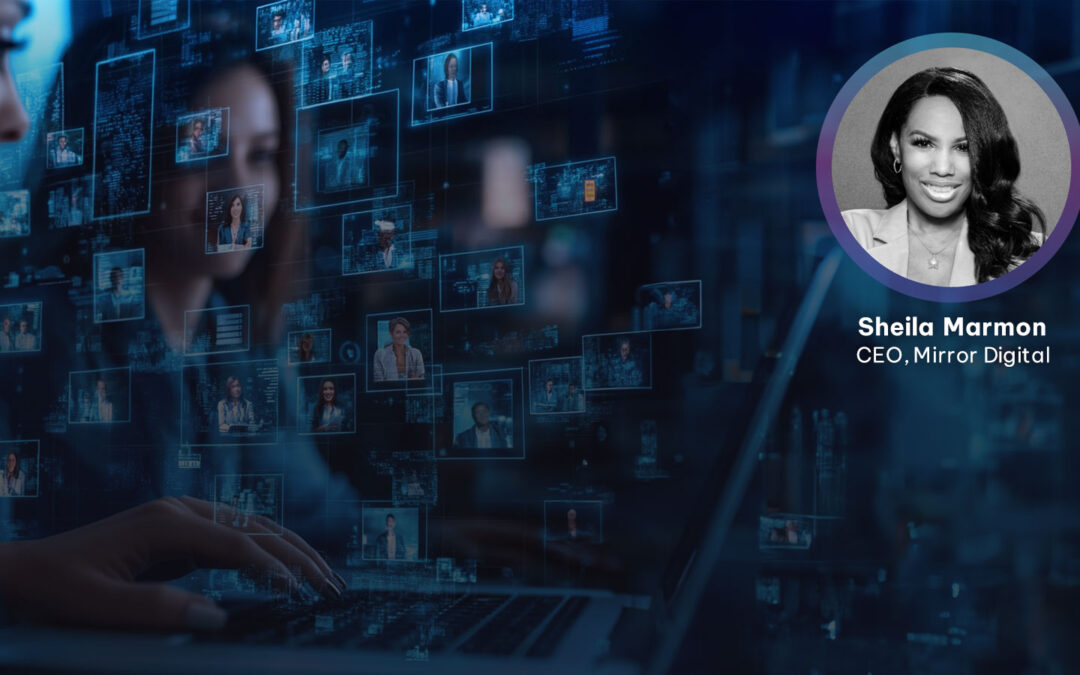
Q&A: Why Supporting Diverse-Owned Media Is Part Of A Great Multicultural Strategy
Reaching multicultural audiences is often spoken about separately from putting spend behind media owned by members of underrepresented groups – and when this happens, brands are missing an opportunity. For our recent research report Engaging Multicultural Audiences,...
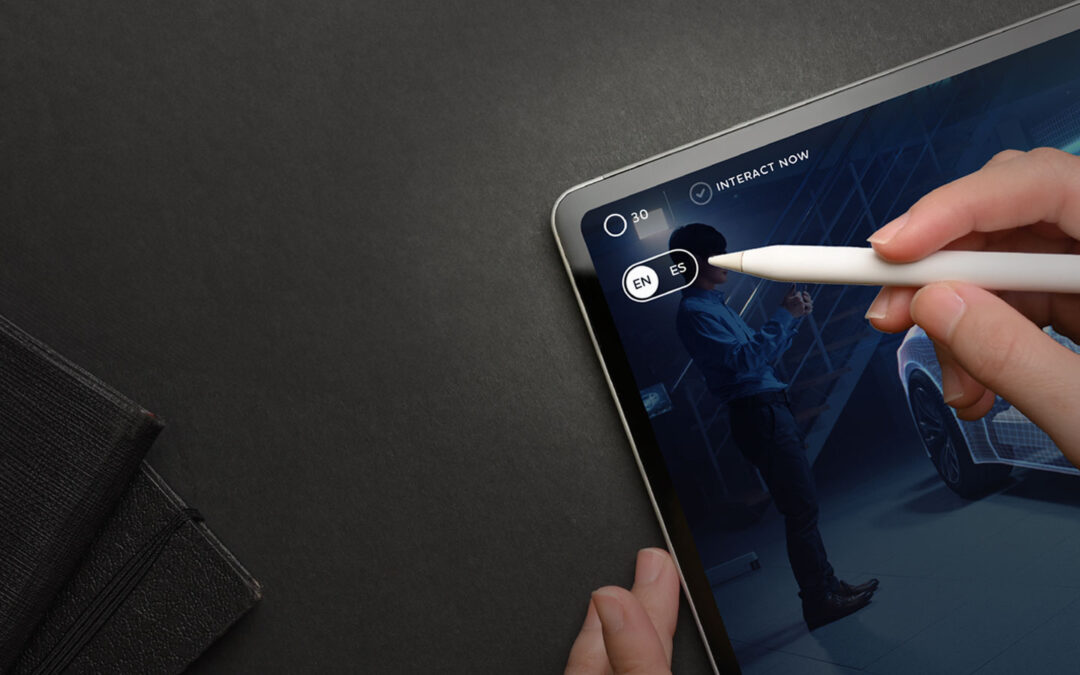
Q&A: How Interactive Language Toggles Can Add New Flavor To Bilingual Ads
Did you know Infillion was the first company to ever build ads for bilingual audiences that allow users to toggle between languages in real time? Michael Colella, SVP and Executive Producer of Infillion’s Creative Studio, gives a behind-the-scenes look at this...
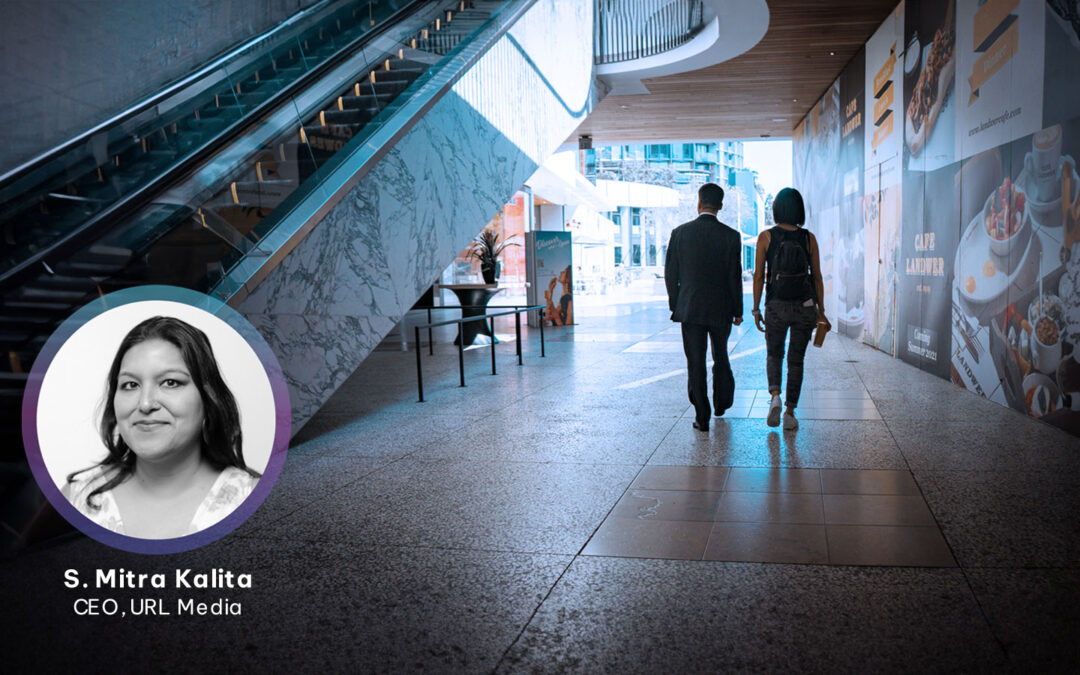
Q&A: The Nuances Of Marketing To Asian-American Audiences
Over the years, multicultural marketing has frequently overlooked Asian audiences. Hailing from over 70 different ethnicities, Asian-Americans are diverse and frequently misunderstood. Can they even be considered a single demographic for advertisers? For our recent...
Let's Connect
